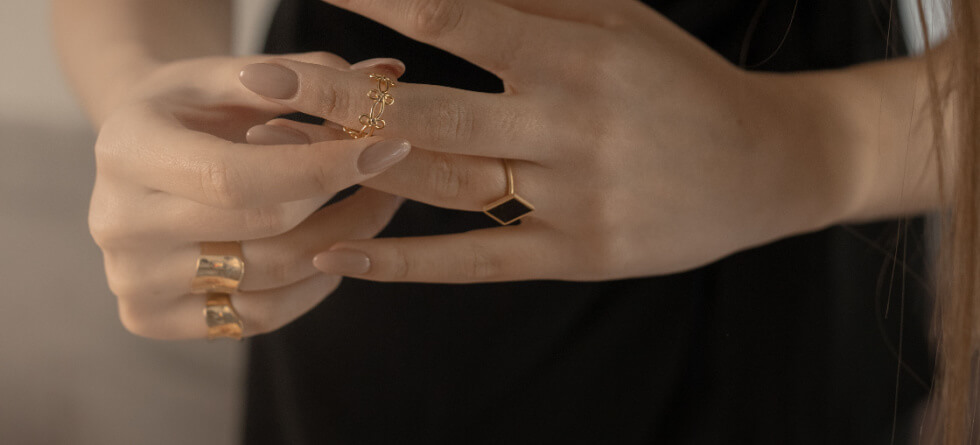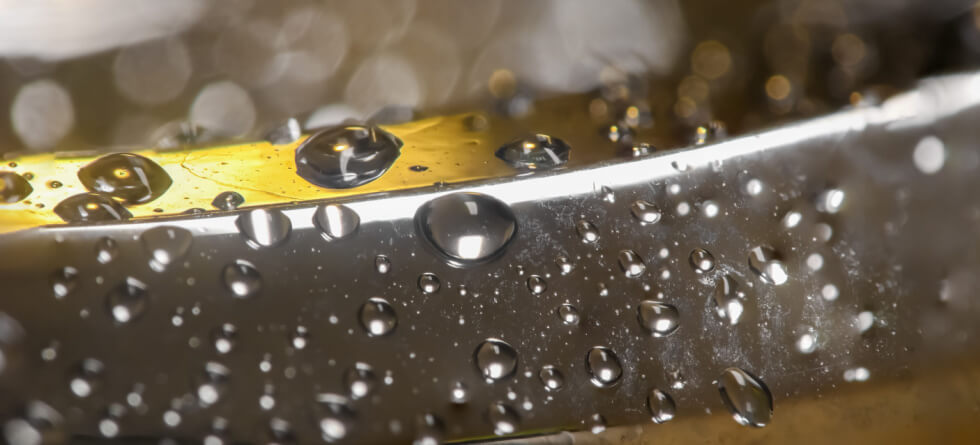Yes, loose diamonds are worth something and can have significant value depending on their quality, size, and other factors. The value of a loose diamond is determined by various characteristics, with the most important factors being the “Four Cs”: cut, color, clarity, and carat weight. Here’s a brief overview of how these factors affect the value of loose diamonds:
- The Cut: The cut of a diamond refers to how well it has been shaped and faceted. Well-cut diamonds exhibit brilliance and sparkle. Diamonds with excellent or ideal cuts are generally more valuable than those with lower-quality cuts.
- The Color: Diamonds come in a range of colors, with the most valuable and sought-after diamonds being colorless or near-colorless. The Gemological Institute of America (GIA) grades diamonds on a color scale from D (colorless) to Z (light yellow or brown). Diamonds with higher color grades are typically more valuable.
- Clarity: Clarity refers to the presence of internal or external imperfections, called inclusions and blemishes, respectively. Diamonds with fewer or no visible imperfections have higher clarity grades and are more valuable.
- Carat Weight: Carat weight measures the size of the diamond. Larger diamonds are generally more valuable than smaller ones. However, the value of a diamond does not increase linearly with carat weight; larger diamonds can command significantly higher prices.
Other factors that can influence the value of a loose diamond include:
- Shape: Some diamond shapes are more popular and, therefore, more valuable than others. Round brilliant-cut diamonds are often priced at a premium.
- Fluorescence: Some diamonds exhibit fluorescence when exposed to ultraviolet (UV) light. The presence and intensity of fluorescence can affect a diamond’s value.
- Provenance: A diamond with a known history or a connection to a famous owner or event may have added value to collectors.
- Certification: Diamonds with grading reports from reputable gemological laboratories like the GIA are often more valuable because the report provides an objective assessment of the diamond’s quality.
- Market Demand: Market conditions and consumer preferences can also influence the value of a loose diamond. Some diamonds may be in higher demand due to fashion trends or cultural factors.
if you want to know a more accurate value, have it appraised by a qualified and independent gemologist or jeweler who can assess its specific characteristics and market conditions. Loose diamonds can be valuable assets, whether you intend to sell them, use them for custom jewelry, or hold them as investments.

